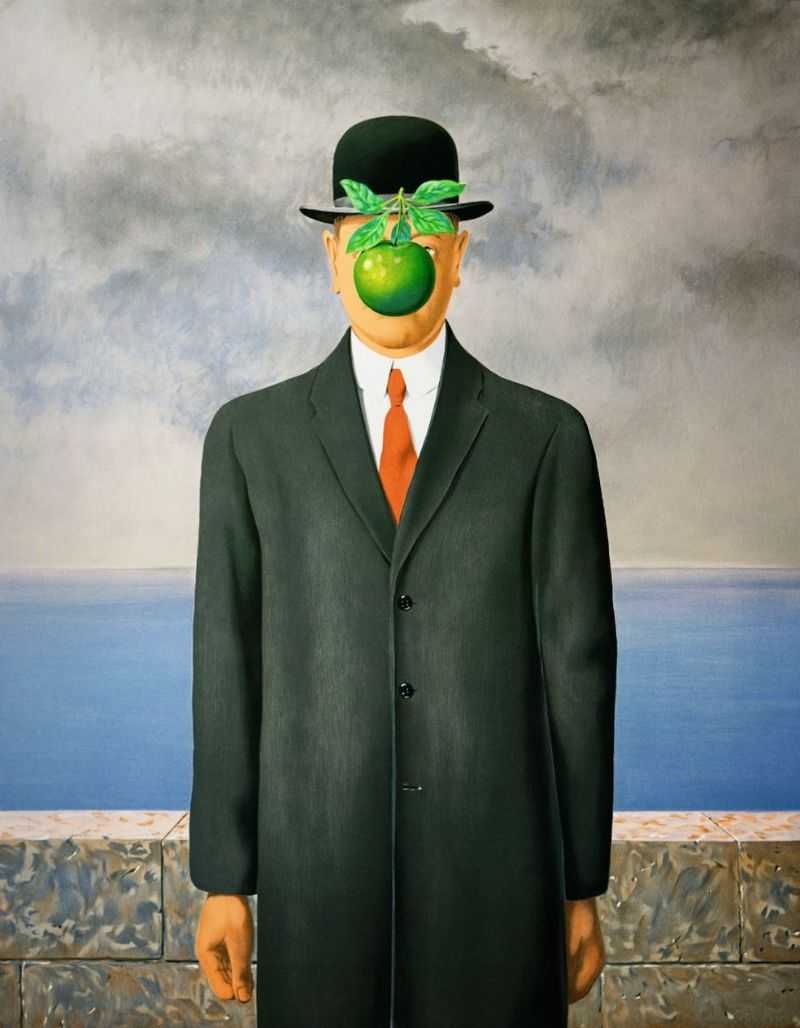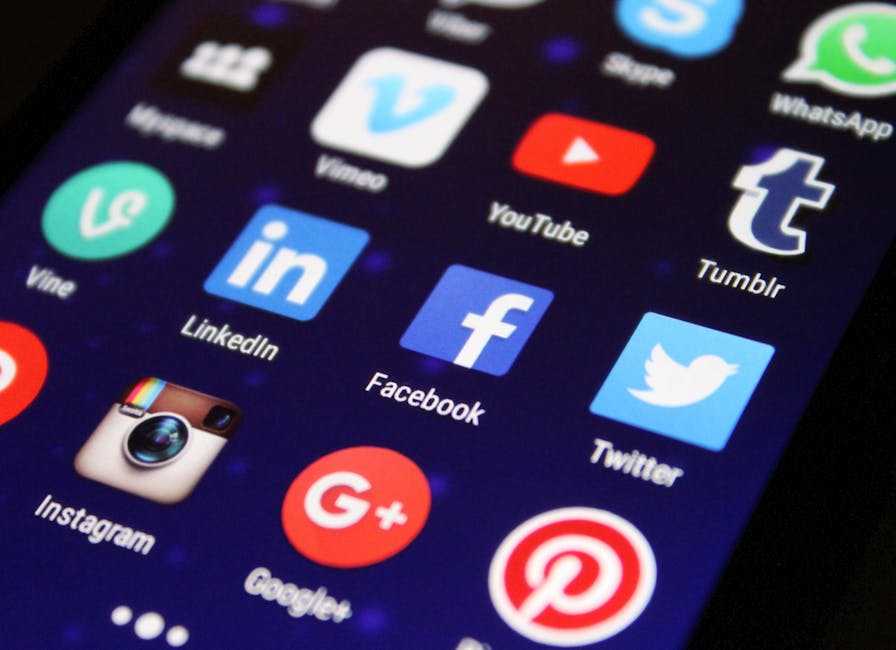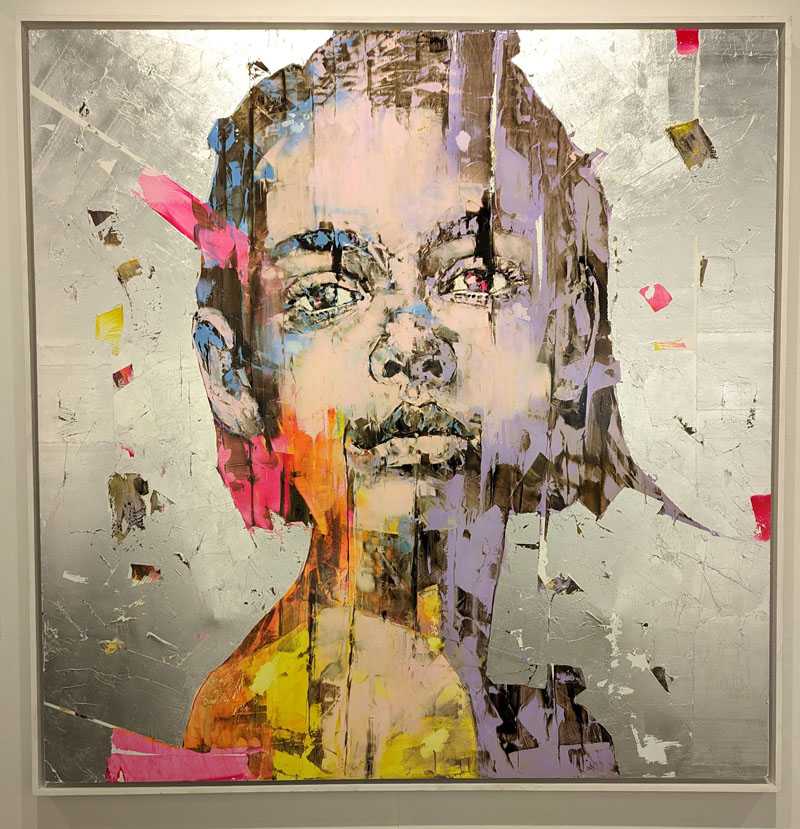Table of Contents
- Exploring the Evolution of Modern Art Movements
- Key Artists Who Shaped the Modern Art Landscape
- Understanding the Techniques and Mediums of Modern Art
- The Impact of Social and Political Context on Modern Art
- Navigating Contemporary Art Galleries and Exhibitions
- Q&A
- Key Takeaways
Exploring the Evolution of Modern Art Movements
The landscape of art has undergone significant transformations, each era embodying the spirit of its time and reflecting the cultural, social, and technological shifts that have shaped society. From the loose brushstrokes of Impressionism to the geometric forms of Cubism, modern art movements serve not only as aesthetic expressions but also as commentary on the evolving human experience. As artists responded to their surroundings, the emergence of various movements propelled a rich dialogue about individuality and abstraction, ultimately paving the way for contemporary styles.
Impressionism marked a pivotal departure from the rigid techniques of academic painting. Characterized by a focus on light, color, and spontaneity, this movement captured fleeting moments in ordinary life, inspiring viewers to see beauty in everyday scenes. Key figures such as Claude Monet and Pierre-Auguste Renoir emphasized brushwork and open compositions, encouraging an innovative approach to representation. The movement sparked various offshoots, fostering ideas that challenged traditional perspectives around visual art.
| Movement | Key Characteristics | Influential Artists |
|---|---|---|
| Fauvism | Vivid colors, bold brushwork | Henri Matisse, André Derain |
| Surrealism | Dreamlike scenes, unexpected juxtapositions | Salvador Dalí, René Magritte |
| Abstract Expressionism | Emotion-driven spontaneity, large canvases | Jackson Pollock, Mark Rothko |
Moreover, movements such as Surrealism captivated audiences by merging dreams and reality, inviting a deeper exploration of the psyche. It encouraged imaginative expression beyond rational boundaries, often employing bizarre imagery to evoke emotional responses. This exploration of the subconscious was rooted in the writings of Freud and marked a major shift, as artists sought to uncover hidden truths about human existence. As these movements evolved, they either stood alone or interconnected with one another, each leaving an indelible mark on the tapestry of modern art.


Key Artists Who Shaped the Modern Art Landscape
Throughout the evolution of modern art, several key figures emerged, each contributing distinct styles and philosophies that transformed the artistic landscape. Pablo Picasso, for instance, was a pivotal figure whose innovative approach to form and perspective led to the creation of Cubism. His works, characterized by fragmented subjects and abstract forms, challenged traditional notions of representation, pushing the boundaries of creativity. Meanwhile, Henri Matisse, with his vibrant use of color and expressive brushwork, brought a fresh perspective that celebrated beauty and emotion, epitomizing the Fauvism movement.
Not to be overlooked, Marcel Duchamp redefined what art could be through Dadaism, introducing concepts of anti-art and challenging the very essence of artistic value. His famous piece, Fountain, a mere urinal presented as art, sparked debates that continue to influence contemporary art discourse. Alongside him, Jackson Pollock revolutionized abstract expressionism with his signature drip painting technique, emphasizing the act of creation itself as a vital component of the artwork. This method exuded spontaneity and emotional intensity, paving the way for future generations of artists to explore the intersection of process and product in their work.
The impact of these artists extended beyond their individual creations; they collectively influenced the trajectory of modern art and the way we perceive artistic expression today. To illustrate this influence, consider the table below, which showcases notable works from these artists and their stylistic movements:
| Artist | Notable Work | Movement |
|---|---|---|
| Pablo Picasso | Les Demoiselles d’Avignon | Cubism |
| Henri Matisse | The Dance | Fauvism |
| Marcel Duchamp | Fountain | Dadaism |
| Jackson Pollock | No. 5, 1948 | Abstract Expressionism |


Understanding the Techniques and Mediums of Modern Art
The evolution of modern art is characterized by a diverse array of techniques and mediums that artists have embraced to express their unique visions. Unlike traditional forms, which often focused on representation and realism, modern art leans towards abstraction, emotion, and conceptual interpretations. Some of the most prominent techniques include:
- Collage: This technique integrates various materials – from paper to fabric – creating layered, textured artworks that challenge perception.
- Mixed Media: Artists combine multiple mediums, such as painting, sculpture, and photography, to create innovative pieces that often blur the lines between art forms.
- Installation: This immersive art form transforms a space, engaging the audience in a multi-sensory experience that encourages interaction.
In terms of mediums, modern artists have expanded their palettes far beyond traditional oil paints and canvas. Some of the notable mediums include:
- Acrylic Paints: Renowned for their versatility and quick drying time, these paints have become a staple among contemporary artists.
- Digital Art: With the rise of technology, digital mediums allow for an infinite range of possibilities, enabling artists to create vibrant and intricate works using software.
- Sculpture Materials: Innovations like 3D printing and repurposed materials have revolutionized sculpture, giving artists the freedom to explore new forms and concepts.
Ultimately, the rich tapestry of modern art thrives on the interplay between techniques and mediums, as artists continually seek to challenge conventions and engage audiences in new ways. The following table highlights influential movements within modern art, showcasing their primary techniques and notable artists:
| Art Movement | Primary Techniques | Notable Artists |
|---|---|---|
| Abstract Expressionism | Gestural painting, color field painting | Jackson Pollock, Mark Rothko |
| Pop Art | Collage, screen printing | Andy Warhol, Roy Lichtenstein |
| Minimalism | Installation, sculpture | Donald Judd, Agnes Martin |


The Impact of Social and Political Context on Modern Art
The evolution of modern art is deeply intertwined with the social and political landscapes of its time. As artists reacted to the tumultuous events of their eras, their works mirrored the sentiments of a society grappling with change. Movements such as Cubism and Futurism arose in response to the rapid industrialization and the devastation of war, emphasizing fragmented perspectives and dynamic forces. Artists like Pablo Picasso and Marinetti utilized their canvases to question traditional forms and celebrate the chaos of modern life, thereby encapsulating the spirit of their age.
Furthermore, the political climate of the 20th century played a pivotal role in shaping artistic expression. The rise of totalitarian regimes, as seen in the oppressive atmosphere of Nazi Germany or Stalinist Russia, prompted many artists to either adapt to the propaganda machine or fiercely resist it through their work. This duality fostered a rich tapestry of art reflecting both oppression and rebellion. Key examples include Dadaism, which emerged as a direct challenge to the values that led to World War I, and the Social Realism movement, which focused on everyday life and the struggles of the working class. Consequently, the art of this period became an essential vehicle for social commentary and political dissent.
Modern art also leveraged the power of new technologies and mediums, often born out of societal necessity or inventiveness. The invention of the camera, for instance, influenced the way artists approached representation, leading to the exploration of abstract forms and concepts. Meanwhile, art movements like Street Art and Conceptual Art emerged as responses to contemporary issues, reflecting urban culture and the complexities of identity, consumerism, and globalization. In this way, modern art serves not only as an aesthetic experience but also as a profound reflection of the evolving social narrative, providing insights into human experience amid change.


Navigating Contemporary Art Galleries and Exhibitions
Exploring contemporary art galleries and exhibitions offers a unique glimpse into the ever-evolving landscape of modern expression. These spaces are not merely showcases for art; they are dynamic environments where ideas proliferate and individuals can connect with creators. Each gallery presents a curated selection reflecting current themes, ideologies, and artistic techniques. Visitors can expect to encounter a variety of media, from traditional canvases to immersive installations that challenge conventional perceptions of art.
When navigating these galleries, it’s essential to contextualize the artworks within their historical frameworks. Understanding the influencing movements can significantly enhance your appreciation. Here are a few key elements to consider while absorbing the atmosphere:
- Artist Background: Knowledge of the artist’s biography and past works can provide insight into their current pieces.
- Exhibition Theme: Many exhibitions center around a unifying theme, which can offer a compelling narrative thread connecting the artworks.
- Viewer Interaction: Some contemporary works are designed to engage the audience physically or emotionally; your reaction may be part of the art itself.
Participating in gallery talks, workshops, and guided tours can deepen your understanding and foster a greater appreciation for modern artworks. Many galleries also provide educational resources, such as interactive guides or digital experiences. Consider utilizing these tools to enrich your visit. Below is a simple comparison of popular contemporary art movements and their defining features:
| Movement | Key Characteristics |
|---|---|
| Minimalism | Focus on simplicity, use of basic geometric forms |
| Abstract Expressionism | Emphasis on spontaneous, automatic, or subconscious creation |
| Conceptual Art | Prioritizes ideas over aesthetic and traditional artwork formats |
Q&A
Q&A: Understanding the Modern Art Time Period
Q1: What is the modern art time period, and when did it begin? A1: The modern art time period is generally recognized as spanning from the late 19th century to the mid-20th century. It marks a significant shift in artistic expression, moving away from traditional techniques and subjects. Most scholars place its origins around the 1860s, coinciding with movements like Impressionism, and it continues until roughly the 1960s.Q2: What are some key characteristics of modern art? A2: Modern art is defined by several key characteristics, including abstraction, experimentation, and a focus on expressing ideas rather than depicting reality. Artists often broke away from conventions, exploring new techniques, materials, and concepts. Bold colors, geometric shapes, and fragmented forms became prevalent, challenging viewers to see art in a different light.
Q3: Who are some prominent artists associated with the modern art movement? A3: Many influential artists played pivotal roles in the modern art movement. Notable figures include Pablo Picasso, known for co-founding Cubism; Henri Matisse, celebrated for his use of color; and Virginia Woolf, who, though primarily a writer, profoundly influenced modernist thought. Others include Wassily Kandinsky, whose abstracts revolutionized perception, and Jackson Pollock, recognized for his contribution to abstract expressionism.
Q4: How did historical context influence modern art? A4: The modern art period was deeply influenced by historical events such as industrialization, world wars, and societal shifts. Rapid advancements in technology and changing social dynamics prompted artists to respond by exploring new themes and forms. The upheaval of the early 20th century allowed for a revolutionary approach to self-expression, reflecting the chaos and complexity of contemporary life.
Q5: What are some major movements within modern art? A5: The modern art period encompasses various movements, each with its distinct style and philosophy. Key movements include Impressionism, which focused on capturing light and movement; Expressionism, emphasizing emotional experience; and Surrealism, which tapped into dreams and the unconscious. Other important movements include Futurism, Cubism, and Dada, all contributing to the rich tapestry of modern art.
Q6: Why is modern art significant today? A6: Modern art is significant today as it laid the groundwork for contemporary art practices. Its emphasis on innovation and challenging norms continues to inspire artists and resonates with audiences worldwide. The lessons learned from the modern art movement inform discussions about creativity, identity, and expression in a rapidly changing world, showcasing the enduring impact of these transformative years.
Q7: How can one best appreciate modern art? A7: Appreciating modern art requires an open mind and a willingness to engage with the artwork on both aesthetic and emotional levels. Consider the context in which the art was created; exploring the artist’s background and intent often enriches the viewing experience. Attending museums, participating in guided tours, or reading about specific pieces can further enhance your understanding and appreciation of this complex period. — These FAQs aim to demystify modern art and encourage a deeper appreciation for its richness and diversity. Whether you’re a seasoned art enthusiast or a curious newcomer, exploring this field offers a fascinating journey through creativity and innovation.
